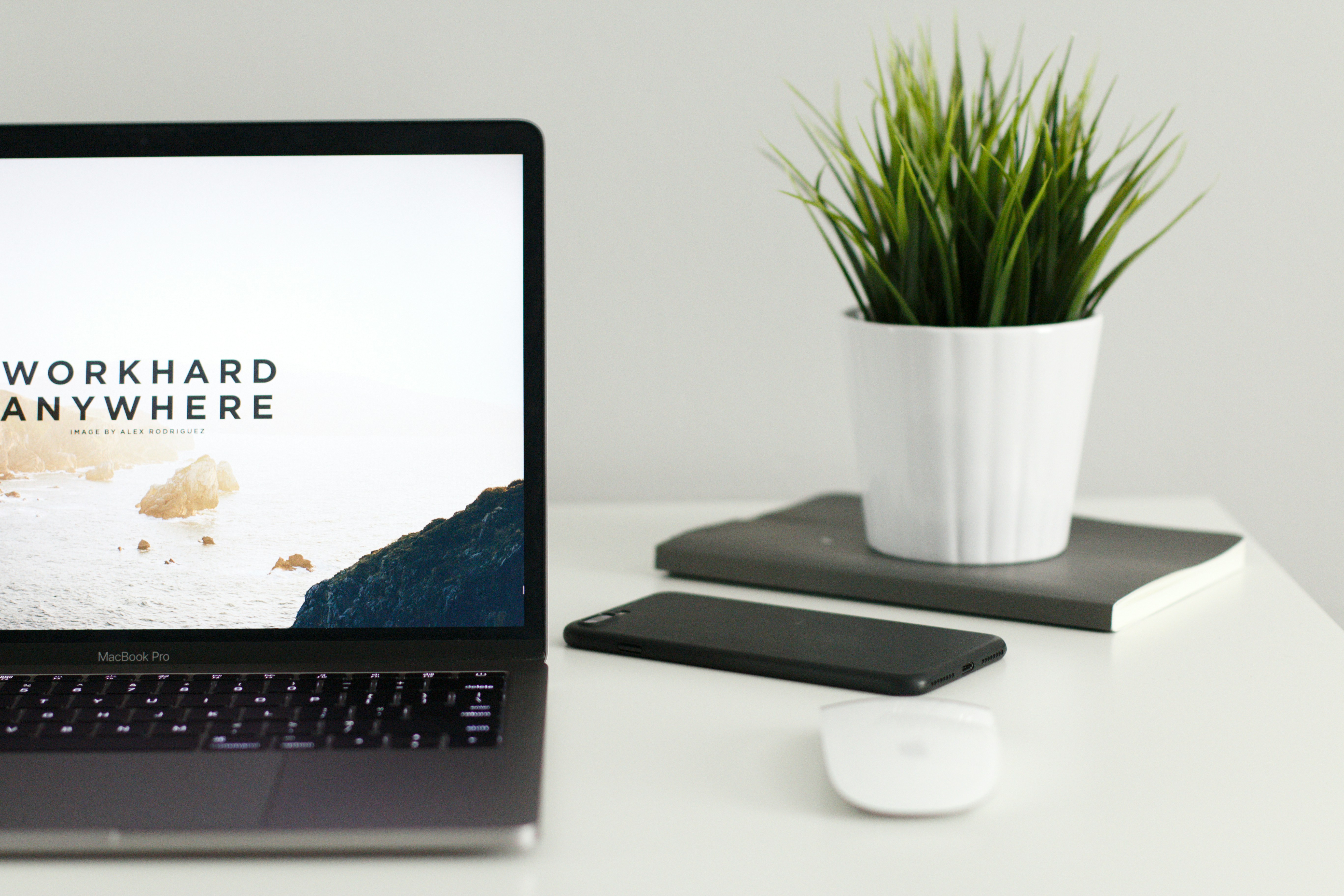How Tech is Shaping the Future of Design
Jul 30, 2024
Design and technology are increasingly intertwined, with technological advancements driving new possibilities in the design world. Here’s how tech is shaping the future of design:

1. AI and Machine Learning
Artificial intelligence (AI) and machine learning are revolutionizing design by automating repetitive tasks, generating design variations, and providing data-driven insights. These technologies enable designers to focus more on creativity and innovation.

2. Virtual and Augmented Reality
Virtual reality (VR) and augmented reality (AR) are transforming how we experience design. From immersive virtual environments to interactive AR applications, these technologies are opening up new ways to engage and interact with digital content.
3. Responsive and Adaptive Design
With the proliferation of devices, responsive and adaptive design have become essential. Designers must create flexible layouts that adapt to different screen sizes and resolutions, ensuring a consistent user experience across all devices.
4. Internet of Things (IoT)
The Internet of Things (IoT) is connecting everyday objects to the internet, creating opportunities for innovative design solutions. Designers are now considering how physical and digital interactions can enhance user experiences in smart homes, wearable tech, and more.
5. Advanced Prototyping Tools
Advanced prototyping tools like Framer, Sketch, and Figma are streamlining the design process. These tools enable designers to create interactive prototypes quickly, test ideas, and iterate efficiently, leading to better final products.
As technology continues to evolve, designers must stay adaptable and embrace new tools and techniques to push the boundaries of what’s possible in design.

1. AI and Machine Learning
Artificial intelligence (AI) and machine learning are revolutionizing design by automating repetitive tasks, generating design variations, and providing data-driven insights. These technologies enable designers to focus more on creativity and innovation.

2. Virtual and Augmented Reality
Virtual reality (VR) and augmented reality (AR) are transforming how we experience design. From immersive virtual environments to interactive AR applications, these technologies are opening up new ways to engage and interact with digital content.
3. Responsive and Adaptive Design
With the proliferation of devices, responsive and adaptive design have become essential. Designers must create flexible layouts that adapt to different screen sizes and resolutions, ensuring a consistent user experience across all devices.
4. Internet of Things (IoT)
The Internet of Things (IoT) is connecting everyday objects to the internet, creating opportunities for innovative design solutions. Designers are now considering how physical and digital interactions can enhance user experiences in smart homes, wearable tech, and more.
5. Advanced Prototyping Tools
Advanced prototyping tools like Framer, Sketch, and Figma are streamlining the design process. These tools enable designers to create interactive prototypes quickly, test ideas, and iterate efficiently, leading to better final products.
As technology continues to evolve, designers must stay adaptable and embrace new tools and techniques to push the boundaries of what’s possible in design.

1. AI and Machine Learning
Artificial intelligence (AI) and machine learning are revolutionizing design by automating repetitive tasks, generating design variations, and providing data-driven insights. These technologies enable designers to focus more on creativity and innovation.

2. Virtual and Augmented Reality
Virtual reality (VR) and augmented reality (AR) are transforming how we experience design. From immersive virtual environments to interactive AR applications, these technologies are opening up new ways to engage and interact with digital content.
3. Responsive and Adaptive Design
With the proliferation of devices, responsive and adaptive design have become essential. Designers must create flexible layouts that adapt to different screen sizes and resolutions, ensuring a consistent user experience across all devices.
4. Internet of Things (IoT)
The Internet of Things (IoT) is connecting everyday objects to the internet, creating opportunities for innovative design solutions. Designers are now considering how physical and digital interactions can enhance user experiences in smart homes, wearable tech, and more.
5. Advanced Prototyping Tools
Advanced prototyping tools like Framer, Sketch, and Figma are streamlining the design process. These tools enable designers to create interactive prototypes quickly, test ideas, and iterate efficiently, leading to better final products.
As technology continues to evolve, designers must stay adaptable and embrace new tools and techniques to push the boundaries of what’s possible in design.

1. AI and Machine Learning
Artificial intelligence (AI) and machine learning are revolutionizing design by automating repetitive tasks, generating design variations, and providing data-driven insights. These technologies enable designers to focus more on creativity and innovation.

2. Virtual and Augmented Reality
Virtual reality (VR) and augmented reality (AR) are transforming how we experience design. From immersive virtual environments to interactive AR applications, these technologies are opening up new ways to engage and interact with digital content.
3. Responsive and Adaptive Design
With the proliferation of devices, responsive and adaptive design have become essential. Designers must create flexible layouts that adapt to different screen sizes and resolutions, ensuring a consistent user experience across all devices.
4. Internet of Things (IoT)
The Internet of Things (IoT) is connecting everyday objects to the internet, creating opportunities for innovative design solutions. Designers are now considering how physical and digital interactions can enhance user experiences in smart homes, wearable tech, and more.
5. Advanced Prototyping Tools
Advanced prototyping tools like Framer, Sketch, and Figma are streamlining the design process. These tools enable designers to create interactive prototypes quickly, test ideas, and iterate efficiently, leading to better final products.
As technology continues to evolve, designers must stay adaptable and embrace new tools and techniques to push the boundaries of what’s possible in design.



